Gender Policy in WSO
05 Oct 2021Gender Policy in WSO By Valeria Caso, WSO Board Member
Gender Policy in WSO By Valeria Caso, WSO Board Member

Worldwide, the number of women enrolled in medical schools is growing steadily. In 2015, most European countries reported that they had more women than men among physicians. Likewise, in 2018, women were the majority of US medical school applicants (Association of American Medical Colleges). Yet, there is still vertical segregation, with a disproportionately low number of women occupying senior positions in medicine. Postgraduate training in medicine is characterized by work-life balance challenges, particularly for women with children entering specialist training, leading to fewer women than men completing specialist training, working full-time or taking leadership positions.
Awareness about gender disparities in stroke medicine is growing. Yet, recent reports from the United States, Canada, and Europe show that women are less likely to be invited speakers at scientific meetings or hold leadership positions. Nevertheless, it is reassuring that the proportion of women within the European Stroke Organisation (ESO) Young Stroke Physician and Researchers Committee and the Canadian Stroke Consortium Research Committee is now 30% to 40%.
Developments within WSO
Since 2006 there has been a constant and slow increase in female representation (see Fig 1). In the first WSO Executive Committee, there was no female representation, which resulted in the exclusion of a highly active section of the WSO membership. Likewise, female representation on the Board and on different committees was below 20% in 2006, but a constant and steady increase has been achieved. The increase in female speakers and chairs at the World Stroke Conference was slower, however there was a leap forward in 2020 , with female representation reaching 40%.
A significant step in the WSO gender policy occurred in 2016, when the Executive Committee approved an increase in the number of WSO Board members from 40 to 48in order to ensure a broader worldwide representation. It was decided that each region should have at least one person <45 (a man or a woman) and a woman (who could be >45). The WSO Board also actively encouraged women to apply to become Board members.
In 2021 for International Women’s Day (March 8), WSO Board members were asked to nominate outstanding women who have made significant contributions to stroke (stroke medicine/stroke research/stroke advocacy). In total, 70 (!) women representing all continents were nominated. https://www.world-stroke.org/news-and-blog/news/womeninstroke-initiative-organized-by-the-world-stroke-academy-wsa
Despite the positive changes, we know that women still encounter a disproportionate number of barriers while building their academic portfolios. There is still a glass ceiling for women in academic groups. Many women feel that they have to work harder to prove their worth and they are focused on not making mistakes, resulting in many women staying within their comfort zone. We need to continue to actively seek and promote capable women to increase visibility and, consequently, increase the number of women in leadership and science.
From my side, I will be here to monitor that the WSO policy in gender equality continues.
PS: My special thanks to Mia Grupper and Gergana Ralenekova for their support
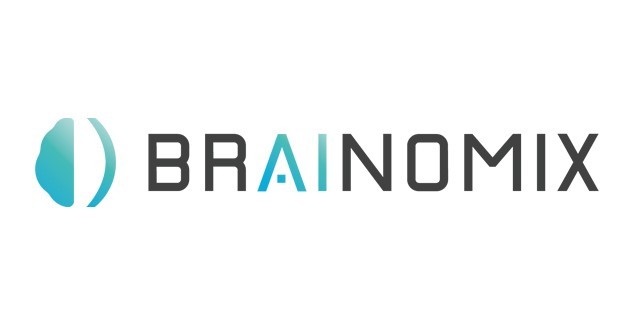 Corporate Supporters
Corporate Supporters
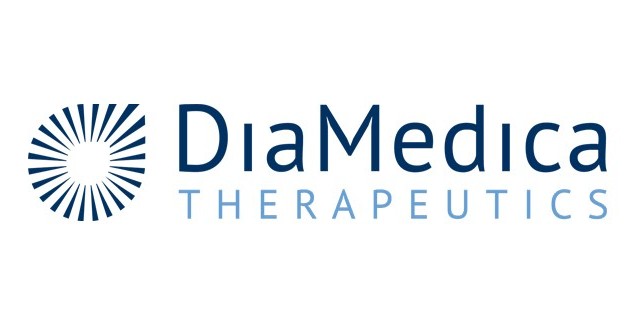 Corporate Supporters
Corporate Supporters
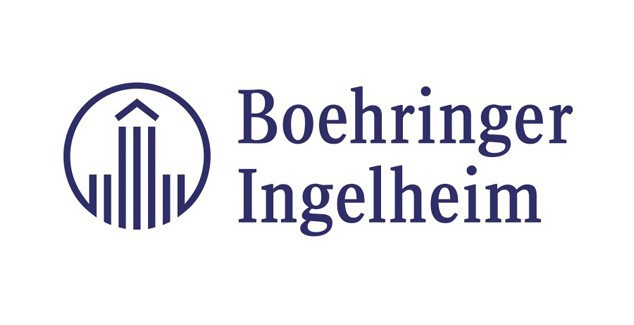 Platinum Plus
Platinum Plus
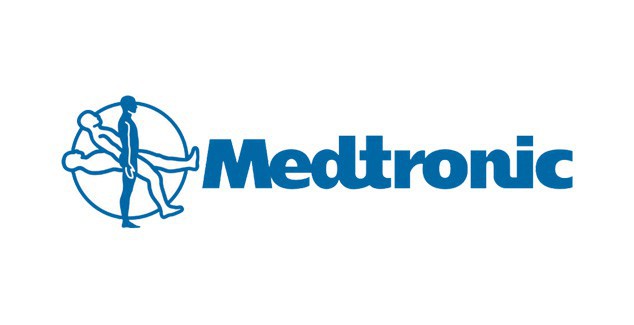 Platinum Plus
Platinum Plus
 Bronze
Bronze
 Silver
Silver
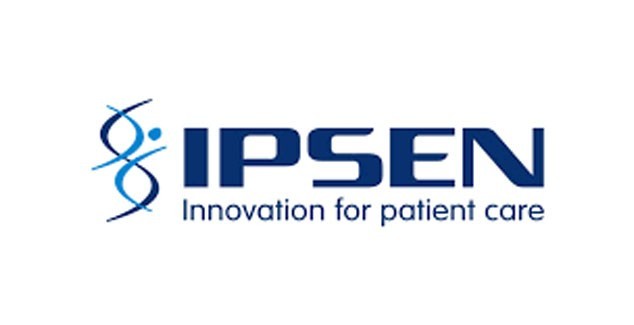 Gold
Gold
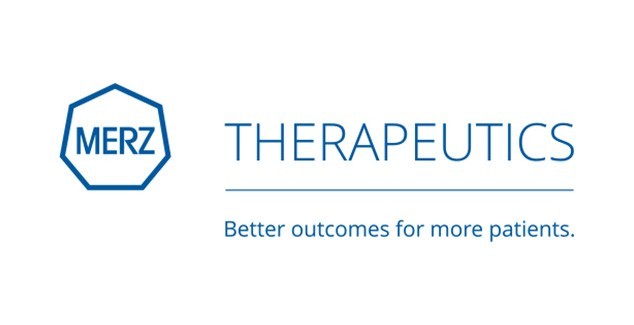 Silver
Silver
 Silver
Silver
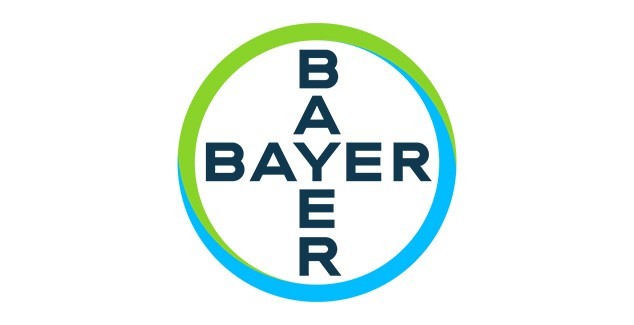 Bronze
Bronze
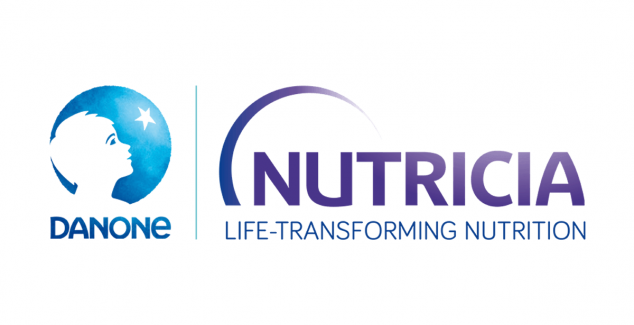 Bronze
Bronze
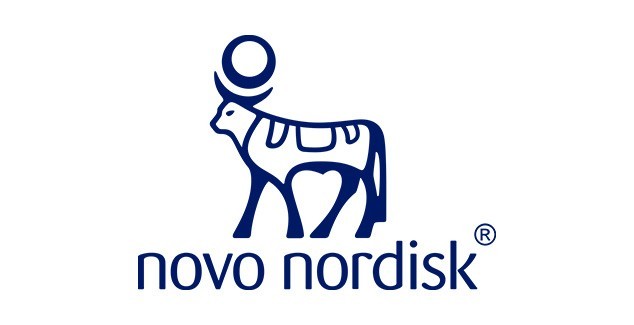 Bronze
Bronze
 Bronze
Bronze
 Silver
Silver